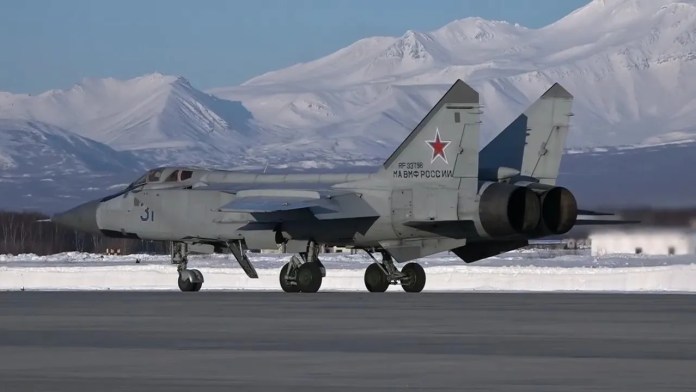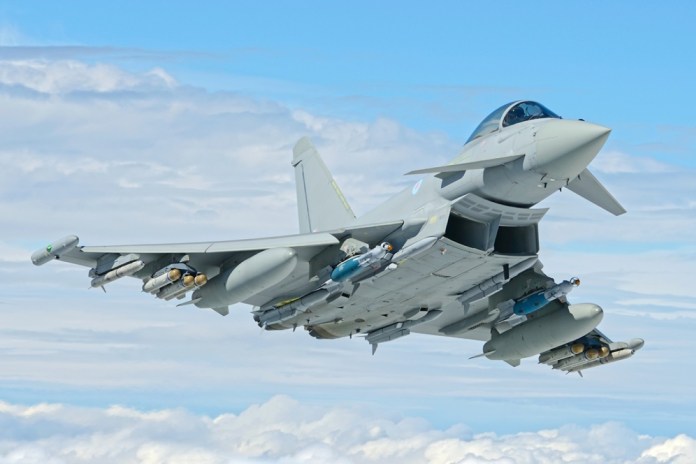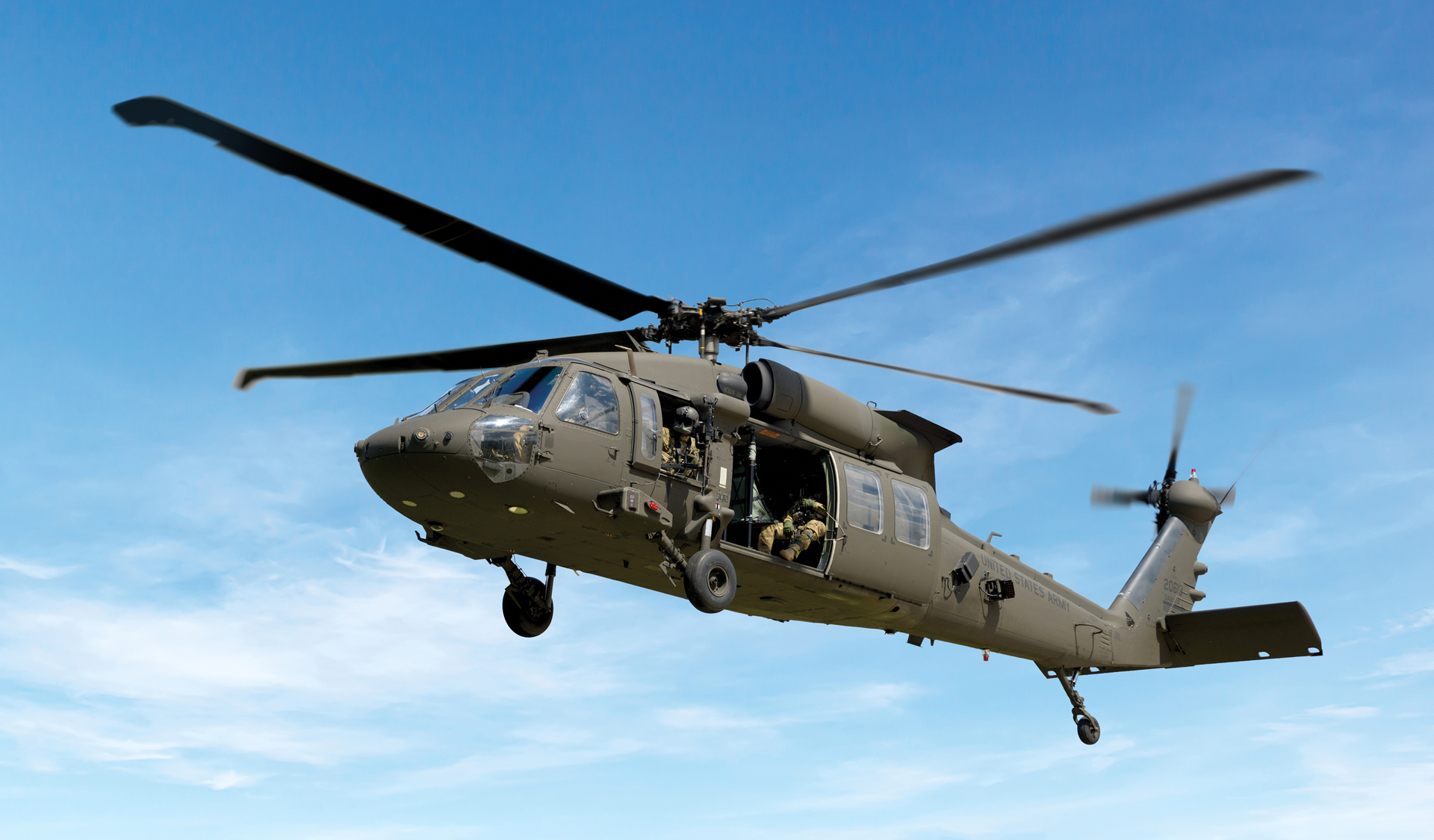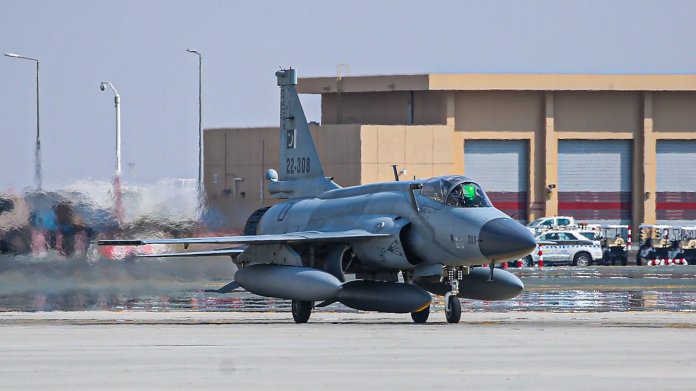The Royal Australian Air Force's E-7A Wedgetail aircraft, part of Operation Kudu aiding Ukrainian forces, is set to return home after a six-month mission in Europe. The Wedgetail played a pivotal role in Ukraine, contributing to the downing of Russian Su-34s, according to experts.
Australia's Defense Ministry announced the E-7A's return, highlighting its mission in providing crucial surveillance over Eastern Europe. The aircraft logged over 250 flight hours, aiding in both military and humanitarian efforts.
Lieutenant General Greg Bilton praised the ADF personnel's support, emphasizing Australia's commitment to upholding global order. Air Marshal Robert Chipman lauded the Wedgetail's capabilities and the dedication of Australian personnel.
While the E-7A's return marks the end of this chapter, Australia's military assistance to Ukraine will continue. Operation Kudu's expanded training element will provide vital support throughout 2024.
Speculation surrounds the E-7A's role in the downing of Russian Su-34s, attributed to its superior capabilities against Russian defenses. Despite Australia's clarification that it did not facilitate attacks, the Wedgetail played a crucial role in safeguarding international aid flow to Ukraine.
Operating outside Russian airspace, the E-7A provided early warnings of potential threats, filling a capability gap NATO couldn't address. With its mission concluding, there will be no gap in Western monitoring capabilities.
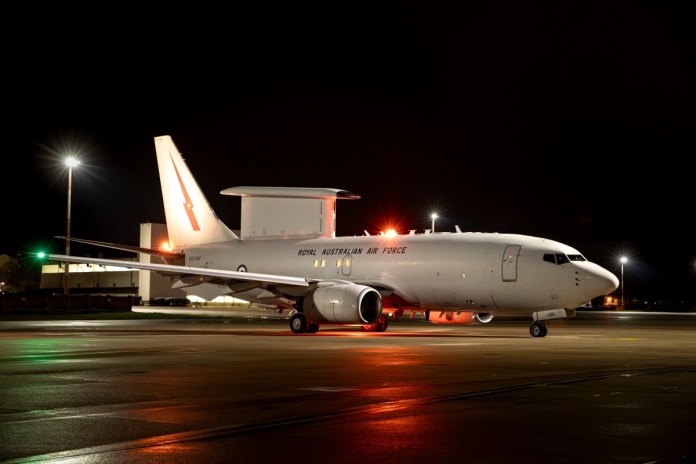
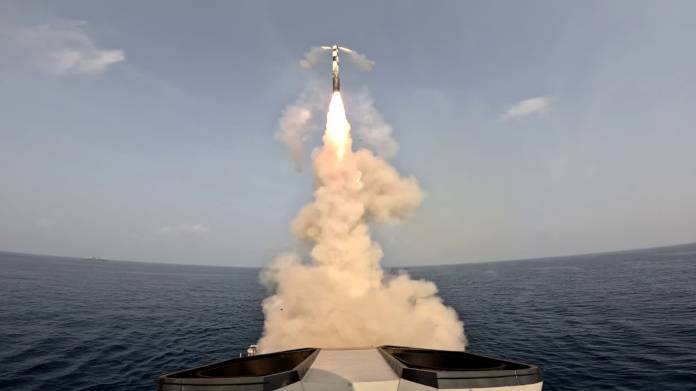
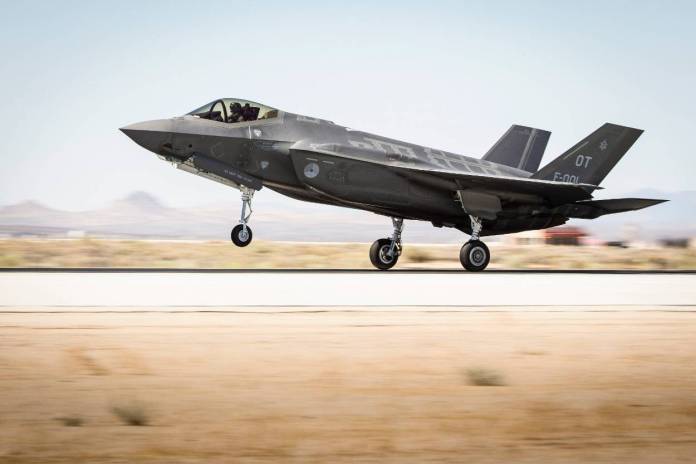
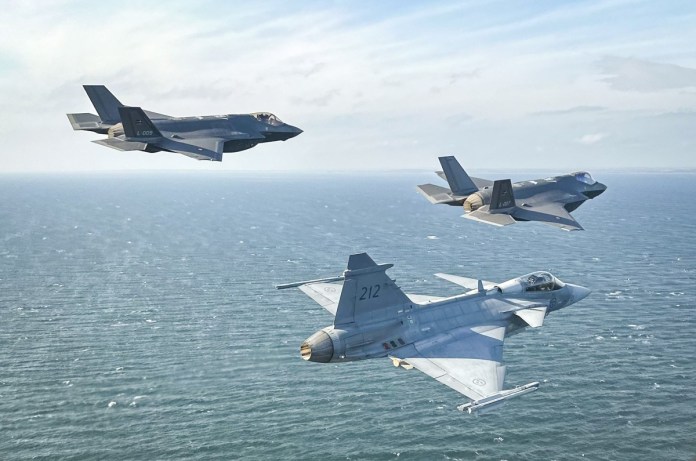
:quality(70)/cloudfront-us-east-1.images.arcpublishing.com/archetype/C3KZ2VHMQJH3BABQPT6XUUT2XM.jpg)
